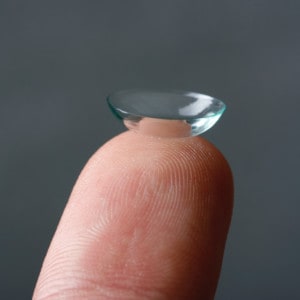 Contact lenses are very useful in everyday life for many people. Indeed, they allow invisible vision correction. Placed directly on the eye cornea, contact lenses offer an excellent field of view.
Contact lenses are very useful in everyday life for many people. Indeed, they allow invisible vision correction. Placed directly on the eye cornea, contact lenses offer an excellent field of view.
But did you know that the eye is harboring its own microbiota? A bacterial community that provides protection against possible harmful microorganisms? Now, you do. This ecosystem which is present on the eyes’ surface, could be altered when it comes into contact with contact lenses.
Wearing lenses changes the ocular microbiota…
Lens wearers have a bacteria proportion in the eyes identical to those found on the skin. This outcome results from a 6-week American clinical trial of 58 adults with or without contact lenses. The team or researchers collected 250 samples on the eye surface and on the lenses in order to identify the bacterial species. Results: lens wearers have an ocular microbiota approaching that of the skin. It consists mainly of bacteria:
- No or few pathogen bacteria like Lactobacillus and Methylobacterium,
- Pseudomonas and Acinetobacter, bacteria responsible for respiratory or skin infections.
Other bacteria are also present but in smaller amounts such as Haemophilus, Staphylococcus, Streptococcus and Corynebacterium.
…Explained by two hypotheses
This ocular microbiota modification is the subject of two hypotheses according to Dr. Maria Dominguez-Bello who leads the trial:
- the bacteria from the finger are transferred to the lens and then to the eye,
- a selective pressure is exerted by the contact lens on the microorganisms of the eye which promotes the development of bacteria from the skin flora.
Wearing lenses tends to increase the risk of eye infections, and this could perhaps be explained by the presence of skin bacteria. Further studies will nevertheless be necessary to confirm these results.
LC
Reference



